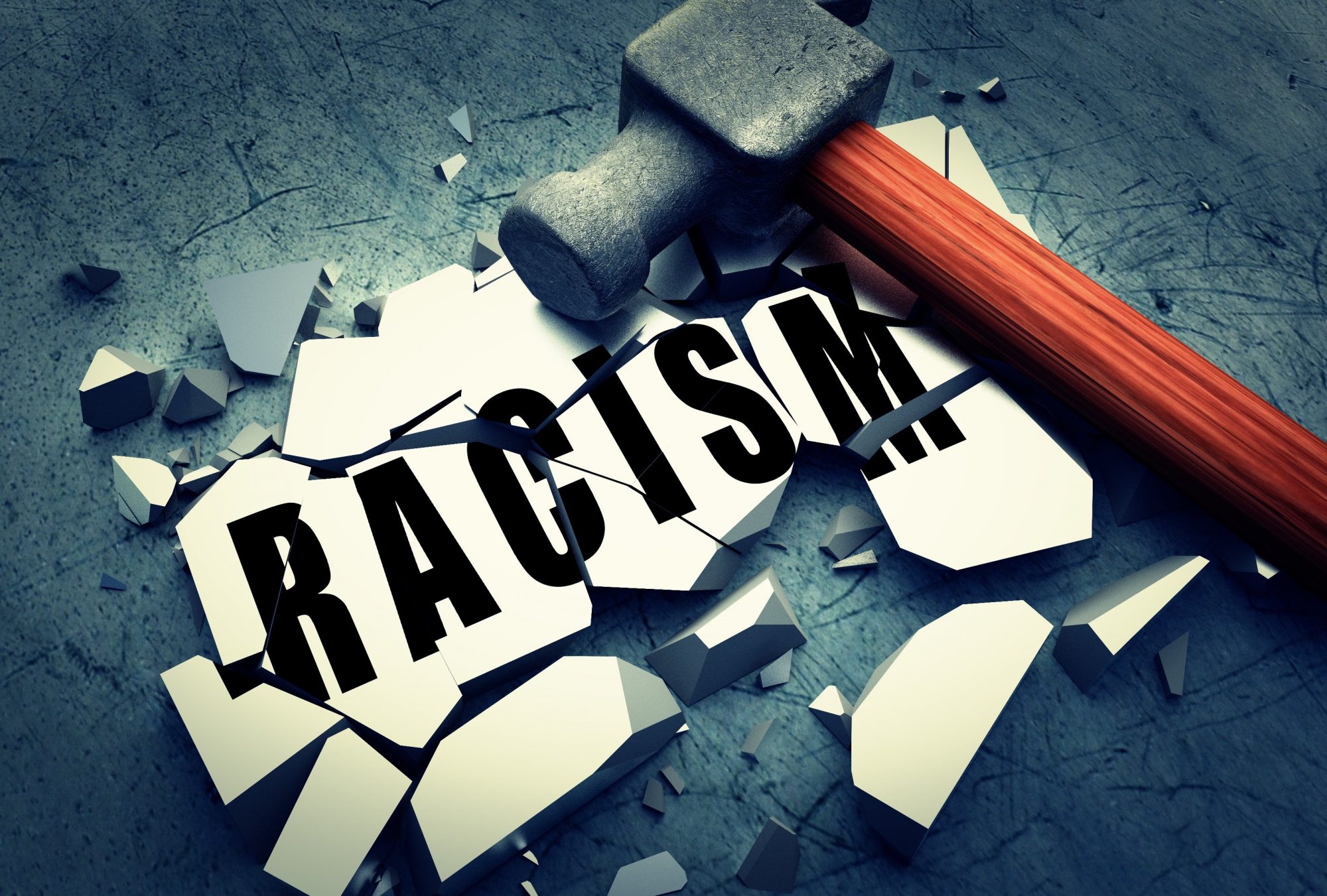The assigned readings from Patrick Sharkey’s piece “Stuck in Place: Urban Neighborhoods and the End of Progress Toward Racial Equality” are very telling in the names of the chapters on their own: “The Inheritance of the Ghetto,” “Neighborhoods and the Transmission of Racial Inequality,” and “The Cross-Generational Legacy of Urban Disadvantage.” The week of these readings we examined exactly what these title touch on. Putting it in a broader sense, we talked about the intergenerational transmission of poverty among African Americans. We also examined the difficulty people of color have in trying to hold on to their economic upward mobility throughout generations, whereas white people can hold on to it, and if they happen to go down, it is usually only for one generation.
Further going into our presentation, I thought it was interesting to see what came to people’s minds when we started with a word association activity on a few images we searched with terms such as “white ghetto,” “black ghetto,” and “family in suburbs.” Although Ayana and I thought that people may not really share what came to mind when they saw the images, I thought the activity went well and people were contributing to the conversation. Something that did surprise me about that activity was where the focus lay for many students. For example, for the picture of a “black ghetto,” there was a lot of debate on what city the picture was from. Next, we talked about the portrayal of black people in the ghetto because Sharkey mentions the association of welfare, incarceration, killing, and other ‘ghetto’ things with black people because of the media. We talked about the difference in between blacks and whites and how white people usually get the upper hand in their cases.
Because we had technical difficulties, we did not get to show everything we would have liked to and in the order we wanted to, but we were able to get a video playing that touched on redlining and we connected it to the week’s readings. Redlining only contributes and perpetuates a lot of the troubles African Americans have in keeping their upward mobility because the practice would mark neighborhoods as unsafe to give someone a loan there, and the people in the redlined areas were typically African American. Although we were not able to show some of the statistics on the perception of the upper, middle, and lower classes, I think we were able to effectively communicate the difficulty of upward mobility for many African American people and how economic status is only transmitted across generations when it has to do with staying in poverty. We also found connections between the current readings and past ones such as “The Iconic Ghetto” and “Golden Valley.” Having all these connections showed us the interconnectedness of different ideas and how they all can communicate a similar idea or apply to each other. The connections to the past pieces also brought up important questions on the perception of poverty and how it would connect to an iconic ghetto person or an impoverished white person.
Leaving the discussion, I started to ponder about some of the things we presented and that people say and one of the first questions that came to mind had to do with the intergenerational effects of poverty: if it is so difficult to stay up when you improve your way of living, how will that apply to many of my friends and myself back home? It also made me think about how this cycle can be broken and if it is too soon to tell if this will be an elongated trend for the future. Another question that was raised during discussion was about who’s responsibility it is to integrate white people and people of color. I think it is somewhat paradoxical because if white people must take charge, it brings up future issues of gentrification and such. If people of color must take charge, it brings greater issues of being uncomfortable and having to fix the issues that white people first made.
